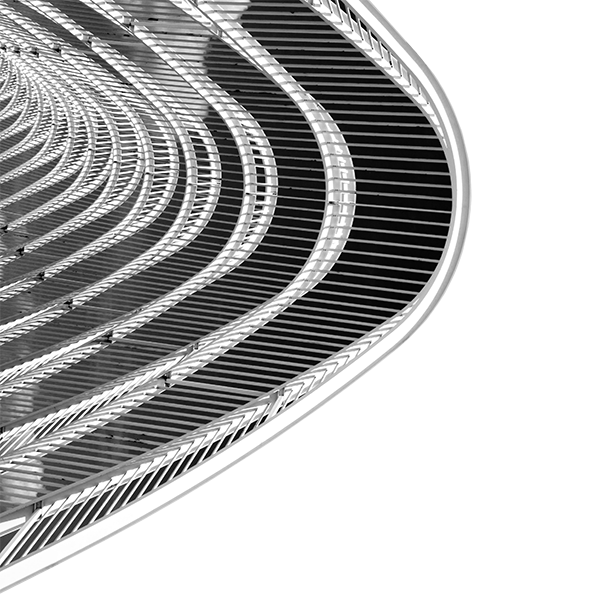KART Wing Simulation Final Report

Since the loss of TWA Flight 800 in 1996, government airworthiness regulators such as the FAA have required aircraft manufacturers to demonstrate that the aircraft wing fuel systems do not experience catastrophic ignition events, even when considering failure modes. The result has been that engineers must determine the current distribution throughout the aircraft fuel tanks during events such as lightning and power fault and then perform testing on sub-components of the tanks. Manufacturers have discovered that simulation may be the best method of determining the current distributions.
Even though large aircraft manufacturers have followed this path to airworthiness compliance, new aircraft manufacturers and smaller companies are left with little guidance or examples of this certification process. The KART project, Development of Fuel Tank and Lightning Protection Handbook (Phase 1), sought to provide an example of the simulation, validation, and testing that may be utilized by such manufacturers. EMA® and NIAR cooperated to simulate and measure an actual aircraft wing tank to prepare a comprehensive validation of the current distribution within the tank. Further, the project performed testing on various tank coupons for ignition detection at the determined currents from simulation.
The NIAR/Wichita State University (WSU) KART project began by compiling a fastener ignition source threshold database for metal test article coupons containing nominal and fault fastener installations for fasteners used in aircraft fuel tank structures. The testing for this project included identifying the occurrence of potential ignition sources emanated by fastener-contained joints that resulted from induced lightning conducted current within the joint.
Metal coupon testing wasn’t the only testing that occurred during this project. NIAR also had EMA® create an electromagnetic model of a metal wing to help determine the conducted current lightning threat at wing fastener locations as an example of the simulation portion of 25.981 compliance. Using EMA3D® Cable, numerous lightning strike scenarios were simulated to determine the resulting current densities in various regions of the wing fastener. Successful validation testing was performed on a metal wing at NIAR for comparison of EMA®’s simulation results.
To view EMA®‘s simulation and validation report, click here.
To view the full KART report, click here.

